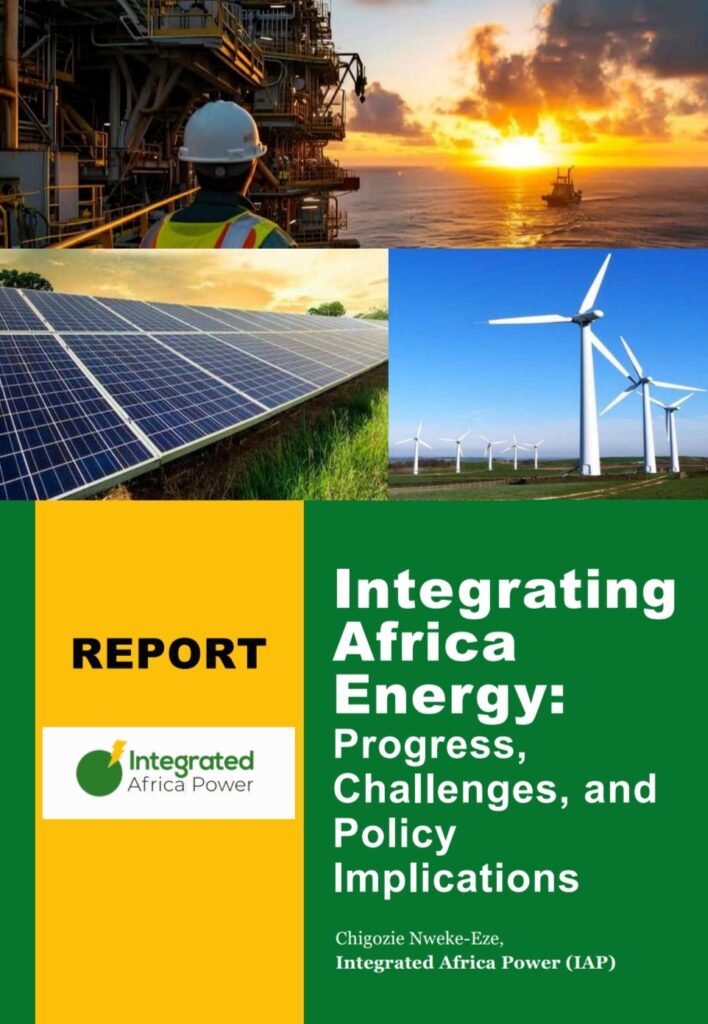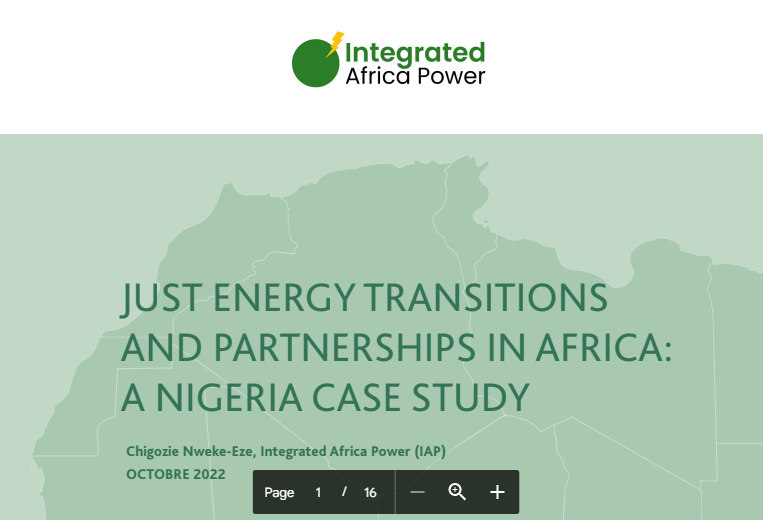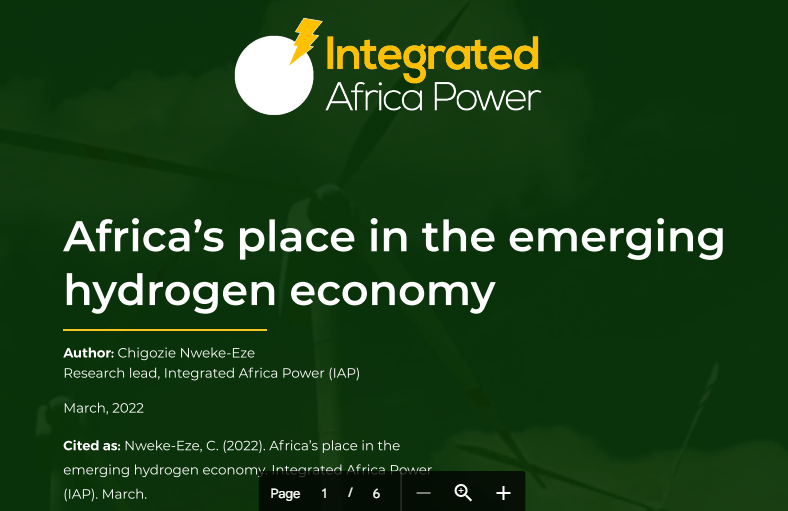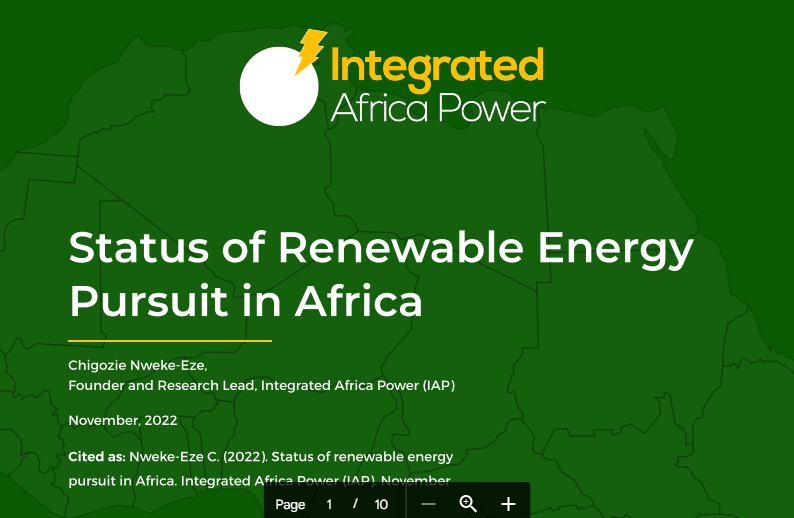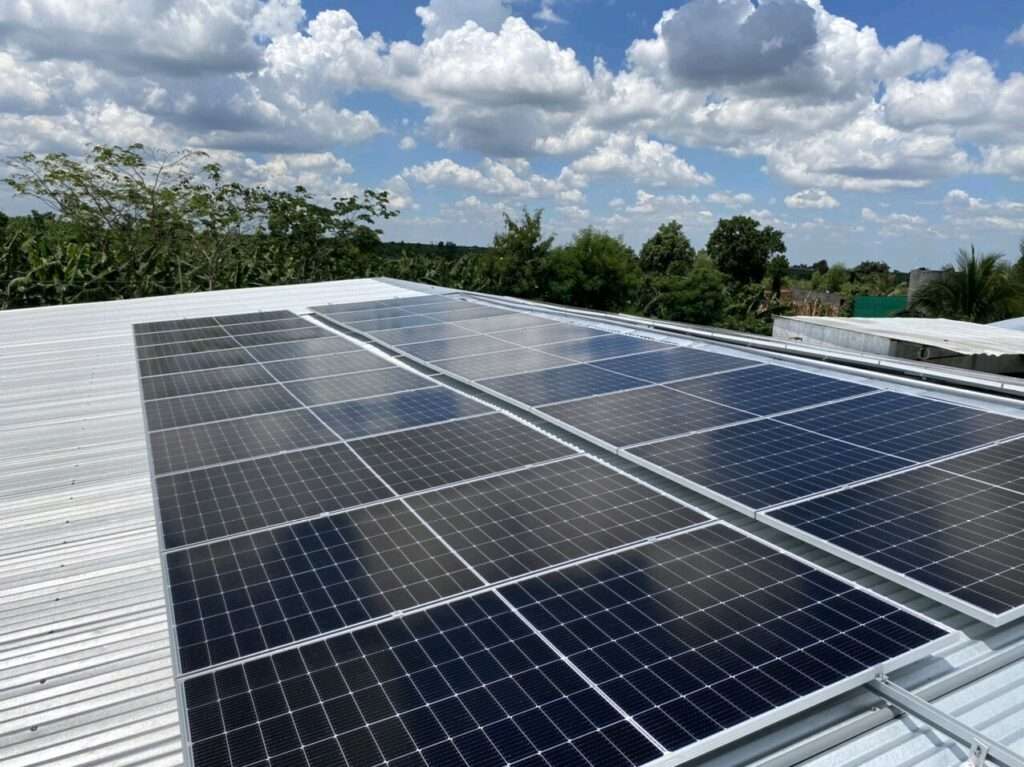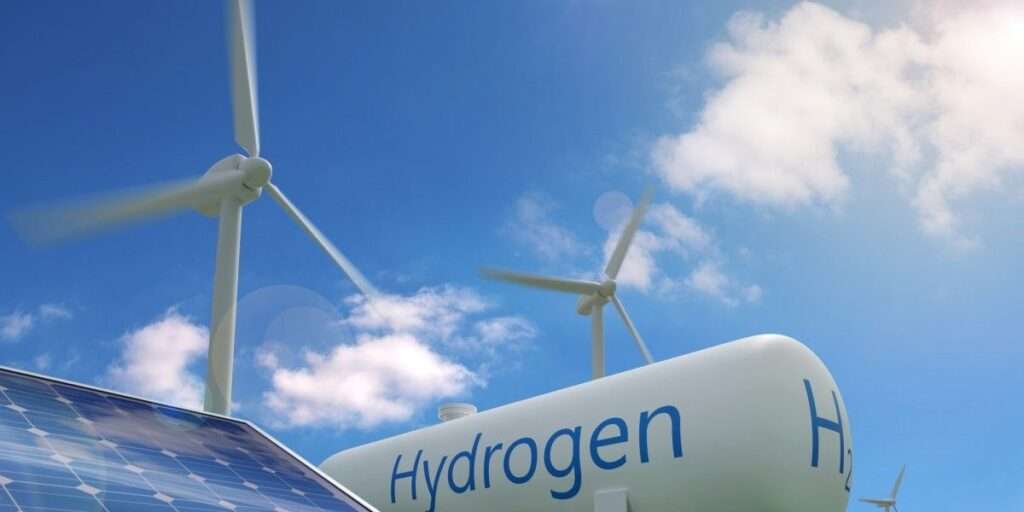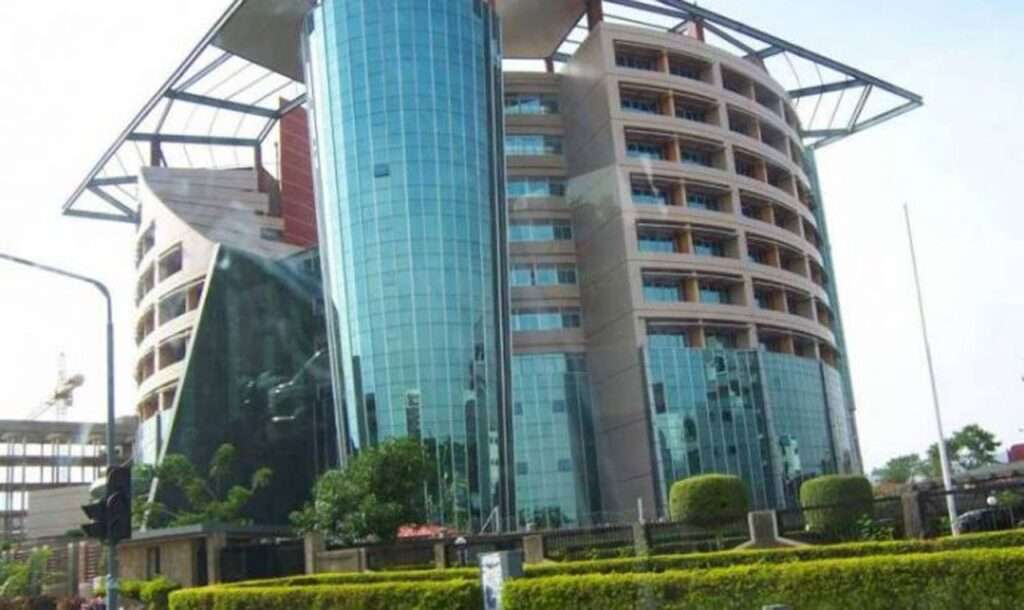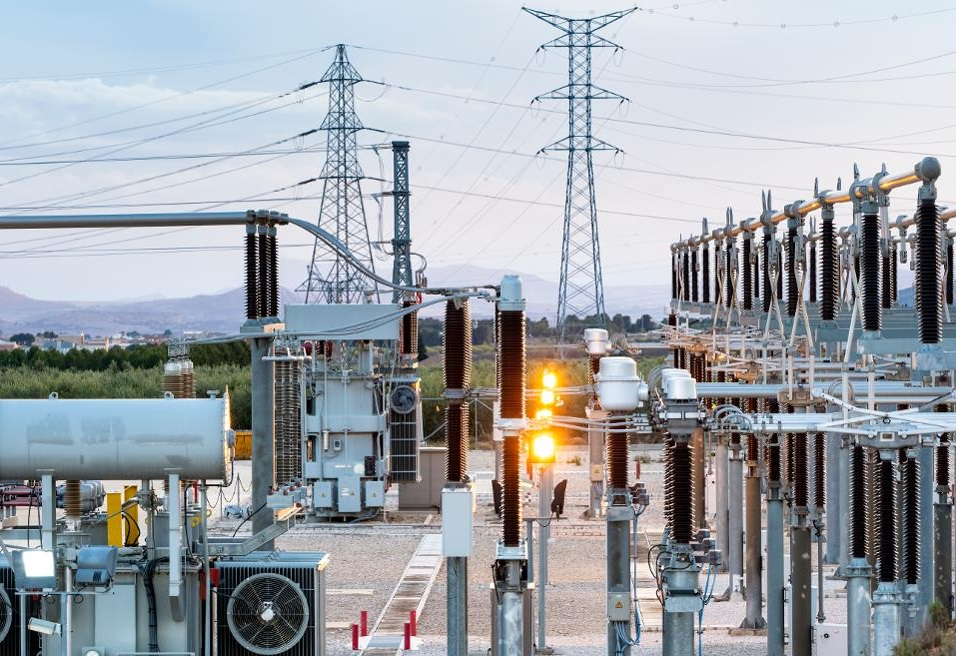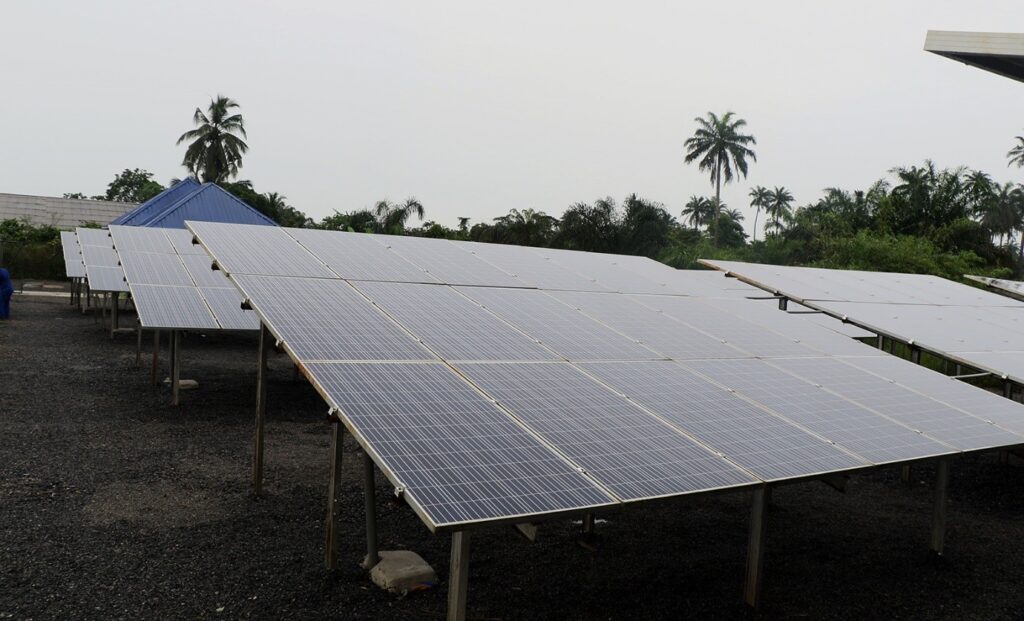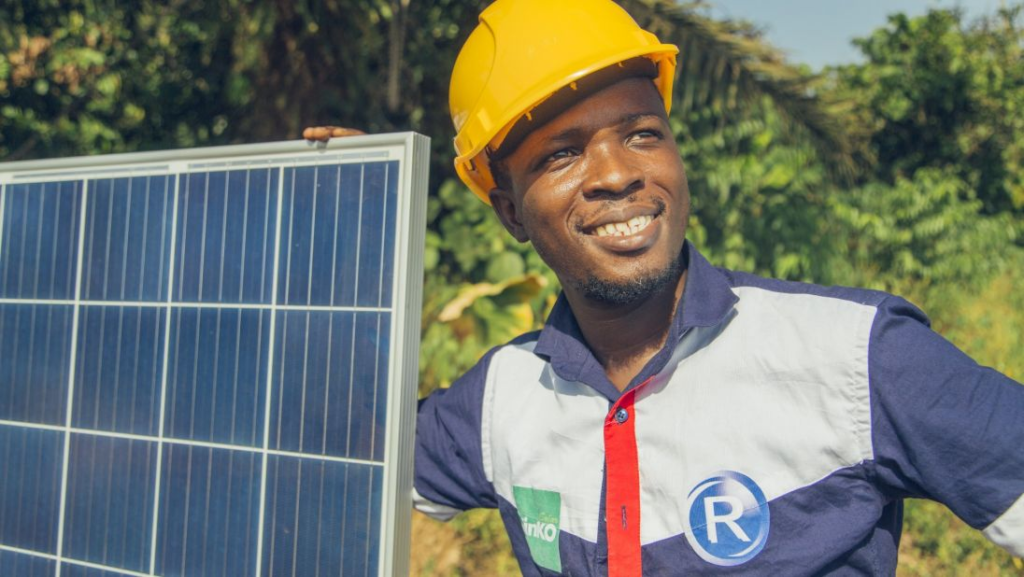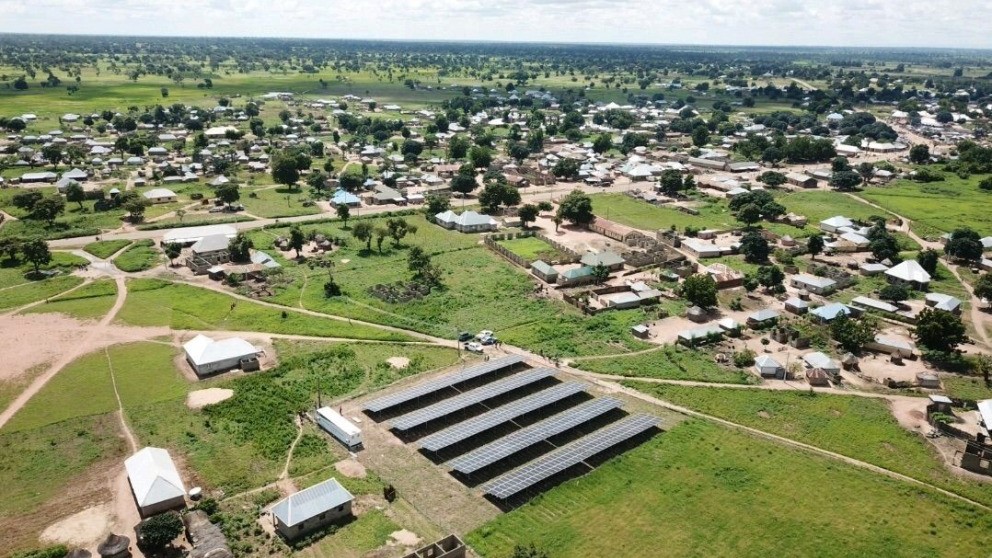Integrating Africa Energy: Progress, Challenges and Policy Implication
Access to affordable, reliable and clean energy is crucial for Africa’s development, yet 570 million people lack electricity and demand is set to rise 215% by 2030. Despite this, energy investments remain low and reliance on fossil fuels and biomass harms both economies and the environment.Integrating Africa Energy systems in Africa presents significant opportunities to …
Integrating Africa Energy: Progress, Challenges and Policy Implication Read More »

